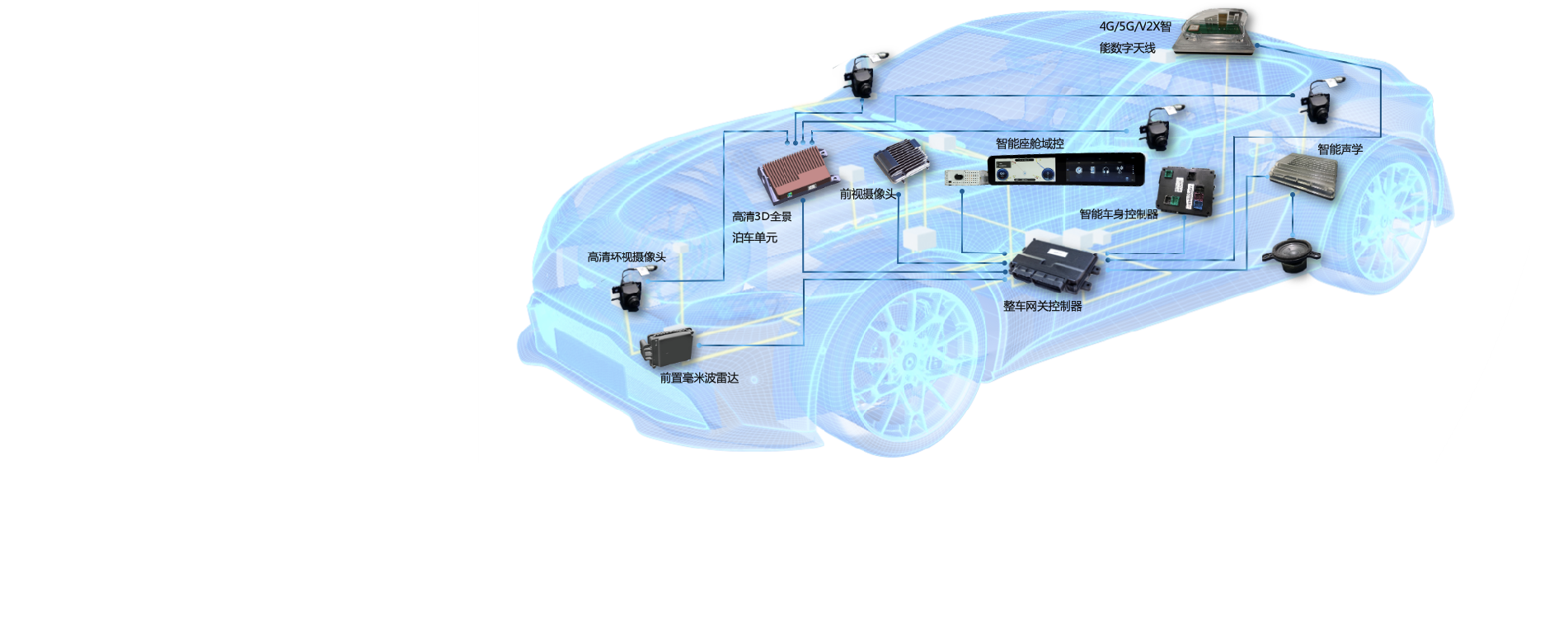Fiber optic cables are thinner, lighter, and can transmit data up to 10 Gbps or more. With this high bandwidth, fewer cables are needed. Automakers can cut wiring harness weight by 50%, slashing copper costs and streamlining assembly. Unlike copper, fiber optics are immune to electromagnetic interference, eliminating the need for shielding and further reducing costs and environmental impact.
In connected cars, real - time data is key. Fiber optics offer ultra-fast, reliable transmission. For autonomous driving, they enable instant data transfer from sensors to the CPU, allowing quick decisions like collision avoidance. Unlike copper, fiber optics maintain signal quality over long distances, ensuring smooth high - def video streaming in infotainment systems.
Fiber optics boost vehicle safety. ADAS features rely on timely sensor data, and fiber optics enable real-time communication between sensors and the control unit. In case of a potential collision, systems can work in sync to tighten seat belts, adjust suspension, and prepare brakes, reducing accident severity.
Fiber optics support high-end in-vehicle experiences. They power high-res displays, surround sound, and seamless device integration. Plus, they enable V2X communication, allowing cars to interact with other vehicles, infrastructure, and pedestrians for better traffic flow and safety.





